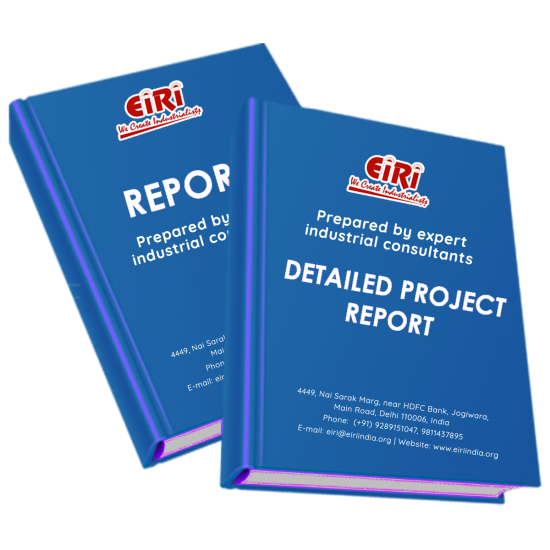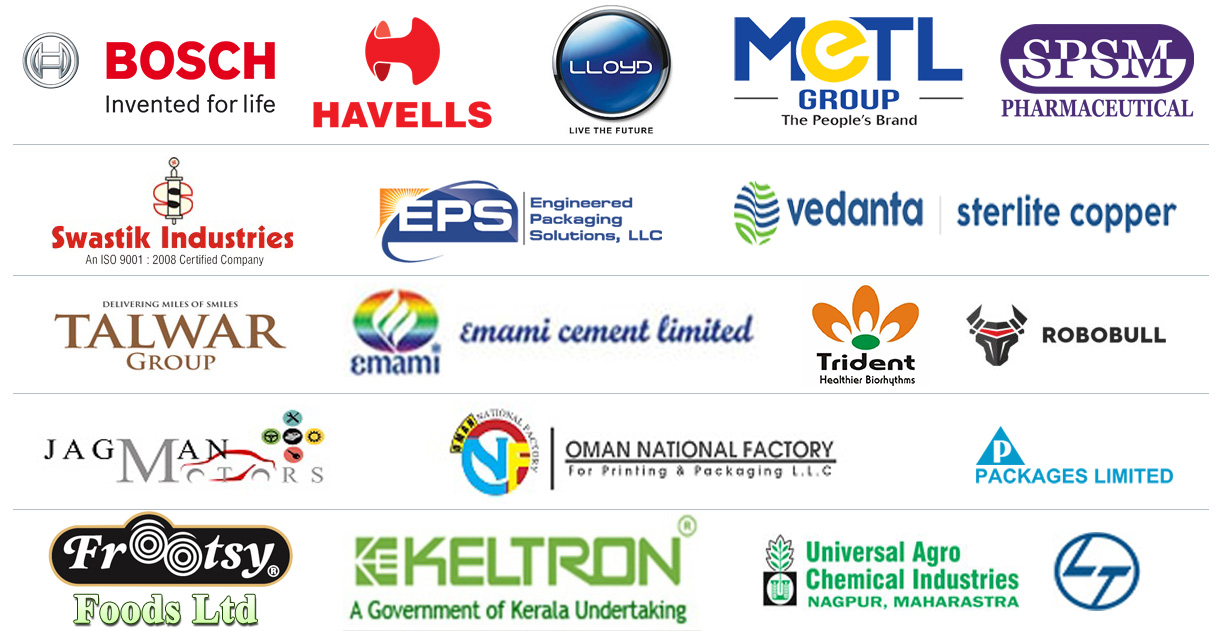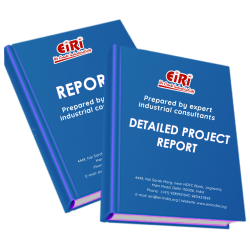Detailed Project Report on Plastic mats production from polypropylene

- More than 45 years of experience
- Managed by expert industrial consultants
- ISO 9001-2015 Certified
- Registered under MSME, UAM No: DL01E0012000
- 24/5 Research Support
Get your quesries resolved from an industry expert. Ask your queries before report or book purchase. - Custom Research Service
Speak to the our consultant to design an exclusive study to serve your research needs. - Quality Assurance
All reports are prepared by highly qualified consultants & verified by a panel of experts. - Information Security
Your personal & confidential information is safe & secure.
PLASTIC MATS PRODUCTION FROM POLYPROPYLENE
[CODE NO.3310]
Polypropylene (PP), also known as polypropene, is a thermoplastic polymer used in a wide variety of applications including packaging and labeling, textiles (e.g., ropes, thermal underwear and carpets).
Polypropylene has a relatively slippery "low energy surface" that means that many common glues will not form adequate joints. Joining of polypropylene is often done using welding processes.
In 2013, the global market for polypropylene was about 55 million tones. Polypropylene is the world's second-most widely produced synthetic plastic, after polyethylene.
Polypropylene is in many aspects similar to polyethylene, especially in solution behaviour and electrical properties. The additionally present methyl group improves mechanical properties and thermal resistance, while the chemical resistance decreases.: The properties of polypropylene depend on the molecular weight and molecular weight distribution, crystallinity, type and proportion of comonomer (if used) and the isotacticity. In isotactic polypropylene, for example, the CH3 groups are oriented on one side of the carbon backbone. This creates a greater degree of crystallinity and results in a stiffer material that is more resistant to creep than both atactic polypropylene and polyethylene.
Mat and matting industry is well established in India. Previously it was made from vegetable origin like coconut fibers, jute and cotton fibers etc. Woven fabrics were among the earliest bases used for laminating. They provide a stronger and more impact resistant product. In woven fabrics the fibrous structure is stronger because the individual fibers are longer by virtue of spinning into yarn. Continuous filament yarns of plastics are much tougher than conventional yarns of vegetable origin. The continuous filament fabrics produce tough structure that are often difficult to bond because the surface of the extruded filament is smooth, the individual filaments are in maximum geometrical close packing, and there are no ends to the filaments to provide mechanical anchoring.
After the availability of PP and HDPE as commercial plastic raw materials, the plastic mats have been replacing the conventional mats. Plastic mats are made in a large variety of patterns and designs to provide attractive and damp-proof floor covering. These are preferred over jute or coir mats due to cheap, light, durable and attractive designs.
Now - a - days plastic mats are woven with PP/HDPE yarn or strapping’s. The warp yarns are held in two frames which alternately go up and down and a weft is passed between the warp every time they move. The matting is dove plain or stripped according as the warp is of one colour or of different colours. It may be woven in various attractive designs.
The weaving pattern of the fabric controls the physical nature of the laminate. A very common weave is a square pattern in which each warp yarn passes above and below each alternate fill yarn during weaving. This gives a structure with maximum crimp. In drills and twills each yarn still has considerable crimp as it passes from one side of the fabric to the other. Such weaves exhibit uniform properties in the crosswise and lengthwise directions but are relatively weak owing to the great crimp in each yarn.
COST ESTIMATION
Plant Capacity : 600.00 NOS/day
land & Building (700 Sq.Mtrs) : Rs. 1.1 Cr
Plant & Machinery : Rs. 50.00 Lacs
Working Capital for 1 Month : Rs. 23.17 Lacs
Total Capital Investment : Rs. 1.80 Cr
Rate of Return : 25%
Break Even Point : 6435%
• INTRODUCTION
• PROPERTIES OF POLYPROPYLENE
• USES & APPLICATIONS
• QUALITY & BIS SPECIFICATION
• MARKET SURVEY
• EXPORT DATA OF POLYPROPYLENE MAT
• OVERVIEW AND FUTURE OF TECHNICAL TEXTILE
• RAW MATERIALS
• MANUFACTURERS/SUPPLIERS/EXPORTERS OF PLASTIC MATS
• CONSULTANT FOR PLASTIC MAT UNIT
• MANUFACTURING PROCESS OF PLASTIC MAT (PP MAT) FROM RECYCLABLE PLASTIC AND PP GRANULES
• PROCESS IN DETAILS
• PROCESS FLOW CHART
• PP MAT MANUFACTURING DIAGRAM
• PLANT LAYOUT
• TECHNICAL SPECIFICATION OF MAT WEAVING MACHINE
• PRINCIPLES OF PLANT LAYOUT
• PLANT LOCATION FACTORS
• EXPLANATION OF TERMS USED IN THE PROJECT REPORT
• PROJECT IMPLEMENTATION SCHEDULES
• SUPPLIERS OF RAW MATERIAL
• SUPPLIERS OF PLANT AND MACHINERIES
APPENDIX – A:
1. COST OF PLANT ECONOMICS
2. LAND & BUILDING
3. PLANT AND MACHINERY
4. FIXED CAPITAL INVESTMENT
5. RAW MATERIAL
6. SALARY AND WAGES
7. UTILITIES AND OVERHEADS
8. TOTAL WORKING CAPITAL
9. COST OF PRODUCTION
10. PROFITABILITY ANALYSIS
11. BREAK EVEN POINT
12. RESOURCES OF FINANCE
13. INTEREST CHART
14. DEPRECIATION CHART
15. CASH FLOW STATEMENT
16. PROJECTED BALANCE SHEET
How to Make Project Report?
Detailed Project Report (DPR) includes Present Market Position and Expected Future Demand, Technology, Manufacturing Process, Investment Opportunity, Plant Economics and Project Financials. comprehensive analysis from industry covering detailed reporting and evaluates the position of the industry by providing insights to the SWOT analysis of the industry.
Each report include Plant Capacity, requirement of Land & Building, Plant & Machinery, Flow Sheet Diagram, Raw Materials detail with suppliers list, Total Capital Investment along with detailed calculation on Rate of Return, Break-Even Analysis and Profitability Analysis. The report also provides a birds eye view of the global industry with details on projected market size and then progresses to evaluate the industry in detail.
We can prepare detailed project report on any industry as per your requirement.
We can also modify the project capacity and project cost as per your requirement. If you are planning to start a business, contact us today.
Detailed Project Report (DPR) gives you access to decisive data such as:
- Market growth drivers
- Factors limiting market growth
- Current market trends
- Market structure
- Key highlights
Overview of key market forces propelling and restraining market growth:
- Up-to-date analyses of market trends and technological improvements
- Pin-point analyses of market competition dynamics to offer you a competitive edge major competitors
- An array of graphics, BEP analysis of major industry segments
- Detailed analyses of industry trends
- A well-defined technological growth with an impact-analysis
- A clear understanding of the competitive landscape and key product segments
Need Customized Project Report?
- Ask for FREE project related details with our consultant/industry expert.
- Share your specific research requirements for customized project report.
- Request for due diligence and consumer centric studies.
- Still haven't found what you're looking for? Speak to our Custom Research Team
About Engineers India Research Institute:
Note: We can also prepare project report on any subject based on your requirement and country. If you need, we can modify the project capacity and project cost based on your requirement.
Our Clients

Our Approach
- Our research reports comprehensively cover Indian markets (can be modified as per your country), present investigation, standpoint and gauge for a time of five years*.
- The market conjectures are produced on the premise of optional research and are cross-accepted through associations with the business players
- We use dependable wellsprings of data and databases. What's more, data from such sources is handled by us and incorporated into the report
Why buy EIRI reports?
- Our project reports include detailed analysis that help to get industry Present Market Position and Expected Future Demand.
- Offer real analysis driving variables for the business and most recent business sector patterns in the business
- This report comprehends the present status of the business by clarifying a complete SWOT examination and investigation of the interest supply circumstance
- Report gives investigation and top to bottom money related correlation of real players/competitors
- The report gives gauges of key parameters which foresees the business execution























